Introduction to Panda Marble
Panda Marble is a type of crystalline stone that attracts attention due to its unique color pattern and natural design. Belonging to the quartz family, this stone naturally forms in layers on the earth’s surface. Panda Marble is predominantly a combination of black and white, resembling the distinctive black and white fur pattern of a panda. This stone is exceptionally beautiful and unique, making it suitable for interior decoration, ornamental structures, flooring, and various construction applications.
Specifications of Panda Marble
Panda Marble possesses the following specifications:
Color: Black and white. Its color pattern resembles the black and white fur pattern of a panda.
Material: It belongs to the quartz family, composed of crystalline quartz grains (SiO2).
Transparency: Usually transparent to semi-transparent, with some instances of slight cloudiness and reduced clarity.
Surface: Generally smooth and glossy, and can be further enhanced through various processes such as cutting, smoothing, and polishing.
Applications: Used in interior and exterior building decoration, flooring, wall cladding, kitchen sinks and countertops, building facades, ornamental structures, etc.
Applications of Panda Marble
Panda Marble, as a decorative building stone, has diverse applications. Its primary uses include:
Flooring: Panda Marble is used to cover floors in interior spaces such as homes, hotels, restaurants, and commercial centers, providing a unique and beautiful color pattern to the space.
Wall Cladding: By placing Panda Marble on walls, you can give a modern and distinctive appearance to the space. It is commonly used as wall covering in bathrooms, kitchens, and other areas.
Kitchen Sinks and Countertops: Panda Marble is utilized in crafting kitchen sinks and countertops, adding beauty and durability to these surfaces.
Building Facades: Using Panda Marble in building facades can give your structure a unique and chic look.
Ornamental Structures: Panda Marble can be used to create ornamental structures, enhancing the beauty and strength of both interior and exterior spaces.
Advantages of Panda Marble
Panda Marble offers numerous advantages, including:
Beautiful and Attractive Appearance: The unique and chic color pattern of Panda Marble adds beauty and character to spaces. As a decorative stone, it provides a special charm to any area.
Resistance and Hardness: Panda Marble exhibits high resistance and hardness, making it resilient against scratches, heat, and impacts. These characteristics make it suitable for high-traffic environments and everyday use, such as flooring and kitchen sinks.
Antibacterial and Waterproof: Panda Marble has antibacterial properties, preventing the growth of bacteria and microbes on its surface. Additionally, it is waterproof and resistant to moisture.
Easy Maintenance: The smooth and glossy surface of Panda Marble makes it the easiest type of building stone to clean and maintain. Simple cleaning with mild detergents is sufficient to preserve its beauty.
Durability and Strength: Panda Marble boasts long-term durability and strength, with minimal susceptibility to breakage and wear over time.
Disadvantages of Panda Marble
Despite its advantages, Panda Marble also has some drawbacks to consider:
Scratch Sensitivity: While Panda Marble is highly resistant to scratches, intense or improper use may still result in scratch lines on its surface. It is recommended to use soft brushes and utensils to prevent strong scratches.
Heat Sensitivity: While generally resistant to heat, prolonged exposure to extreme heat may cause Panda Marble to change color or, in some cases, suffer minor damage. It is advisable to avoid placing hot cups and directly using heat-generating appliances on its surface.
High Cost: Due to its beautiful appearance, resistance, and high quality, Panda Marble is often associated with a higher cost. It may be pricier compared to some other building stones, which could be a drawback for some individuals.
Susceptibility to Sunlight Effects: Direct exposure to sunlight for an extended period may alter the color of Panda Marble, potentially diminishing its beauty. Therefore, it is recommended to use protective coverings in areas directly affected by sunlight.
Considering these drawbacks, careful consideration should be given when choosing and using Panda Marble, ensuring it meets your specific requirements and preferences.
Pricing of Panda Marble
The pricing of Panda Marble is influenced by various factors. Some key factors affecting the price of this building stone include:
Stone Quality: The quality of Panda Marble is determined by factors such as color pattern uniformity, absence of scratch and crack lines, smooth surface, and the lack of visible defects. Stones of higher quality generally command higher prices.
Stone Origin: The location where Panda Marble is produced can impact its price. Some regions or countries may have a higher reputation for producing this type of stone, leading to varying prices.
Use of Raw Materials: Panda Marble is composed of primary minerals such as quartz and resin. The proportion and use of these materials in the stone’s production process can affect the final price. Stones with a higher quartz content typically have higher prices.
Thickness and Dimensions: The thickness and dimensions of Panda Marble can also influence its price. Thicker and larger stones usually come with higher price tags.
Purchasing Panda Marble
To place an order and purchase Panda Marble, you can contact our experts at Isfahan Stone Dynamic using the phone numbers provided on the website or through the contact us page. Our experienced professionals at Isfahan Stone Dynamic will promptly address your inquiries and guide you in selecting the most suitable marble for your needs.
You must be logged in to post a review.


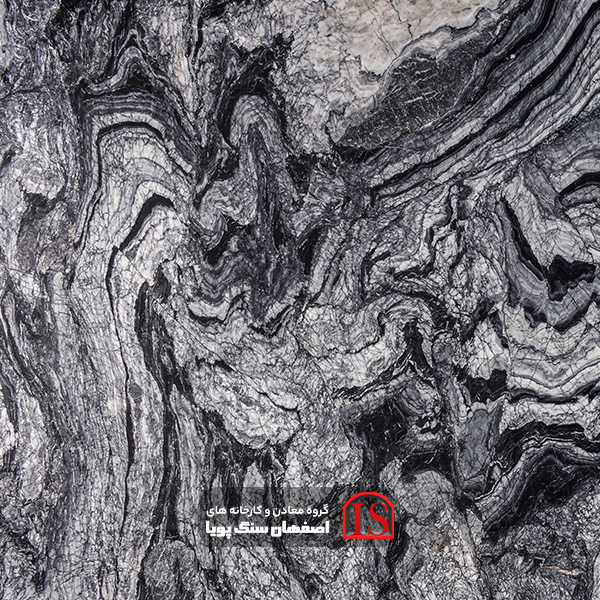
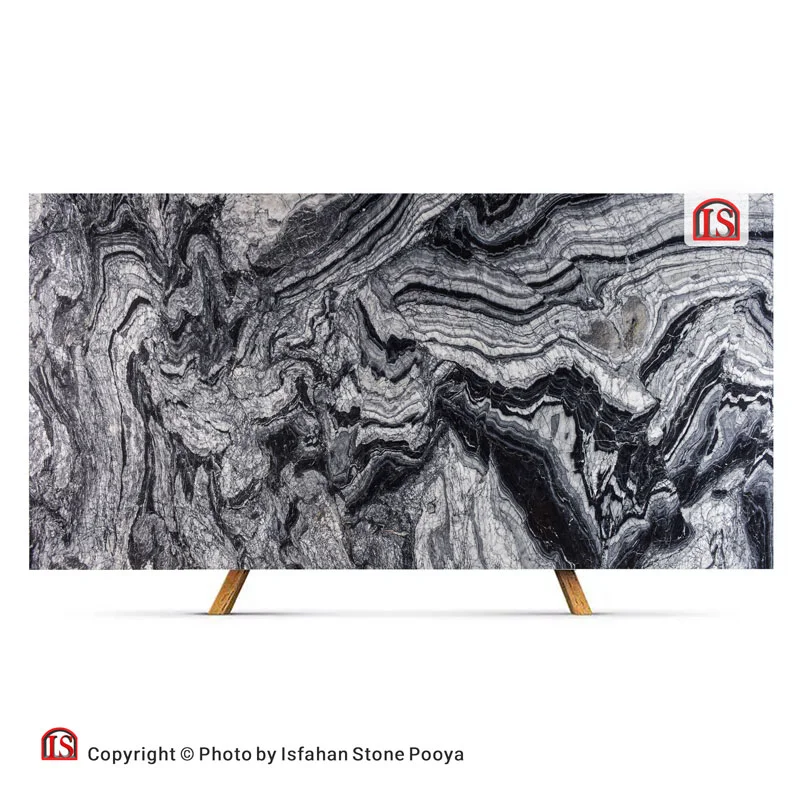
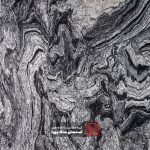

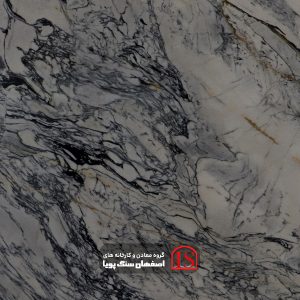
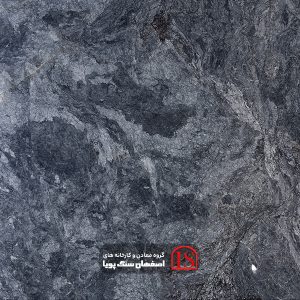

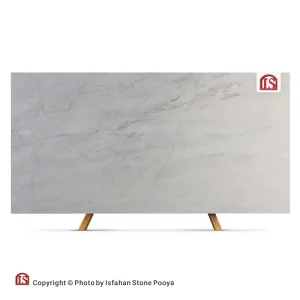

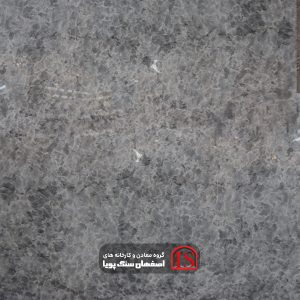
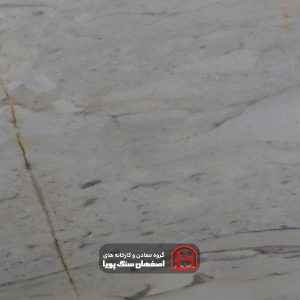

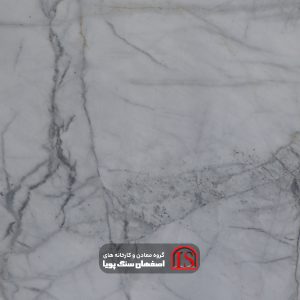

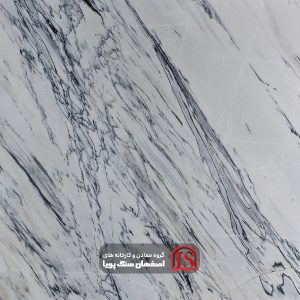
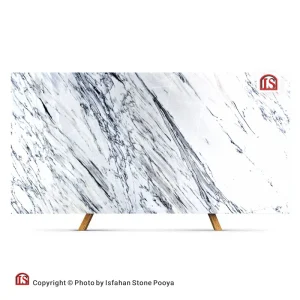

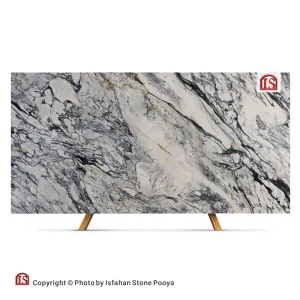
Reviews
There are no reviews yet.